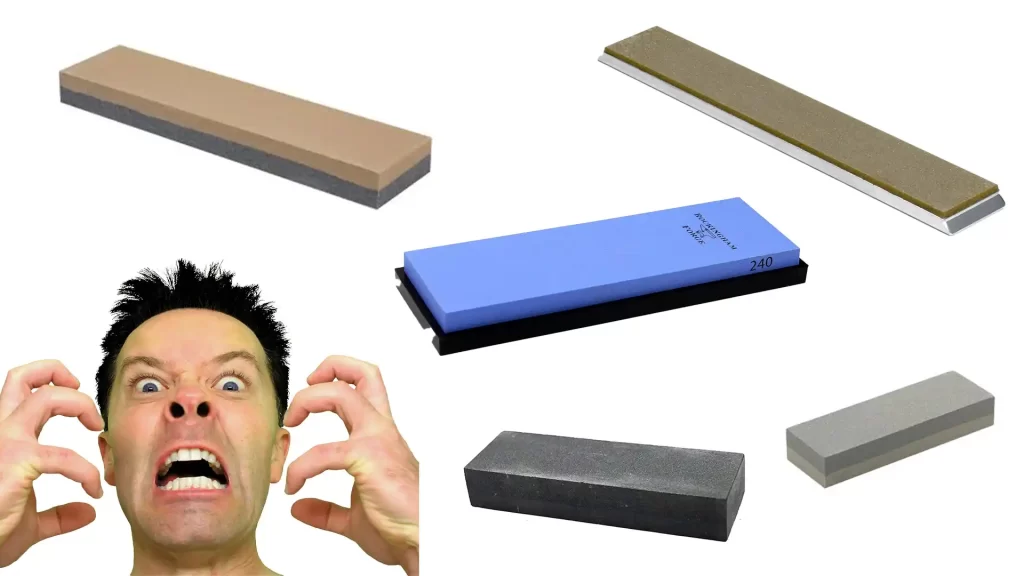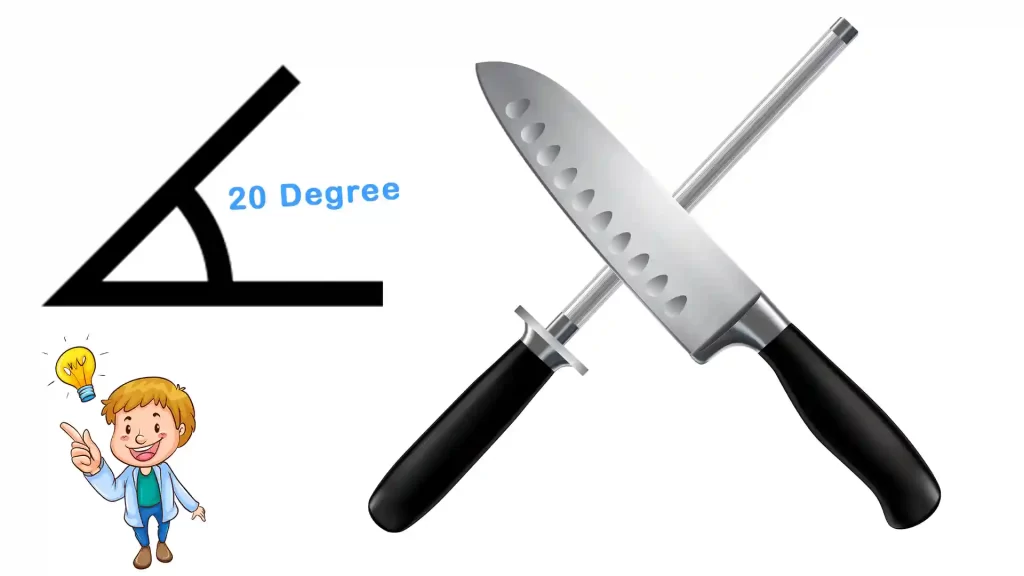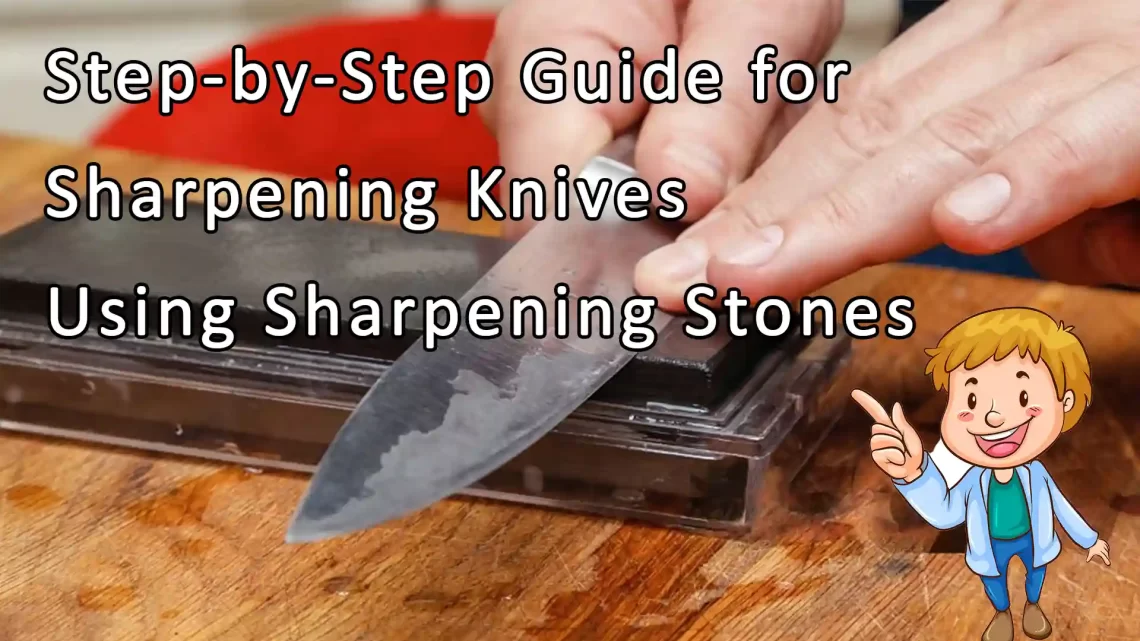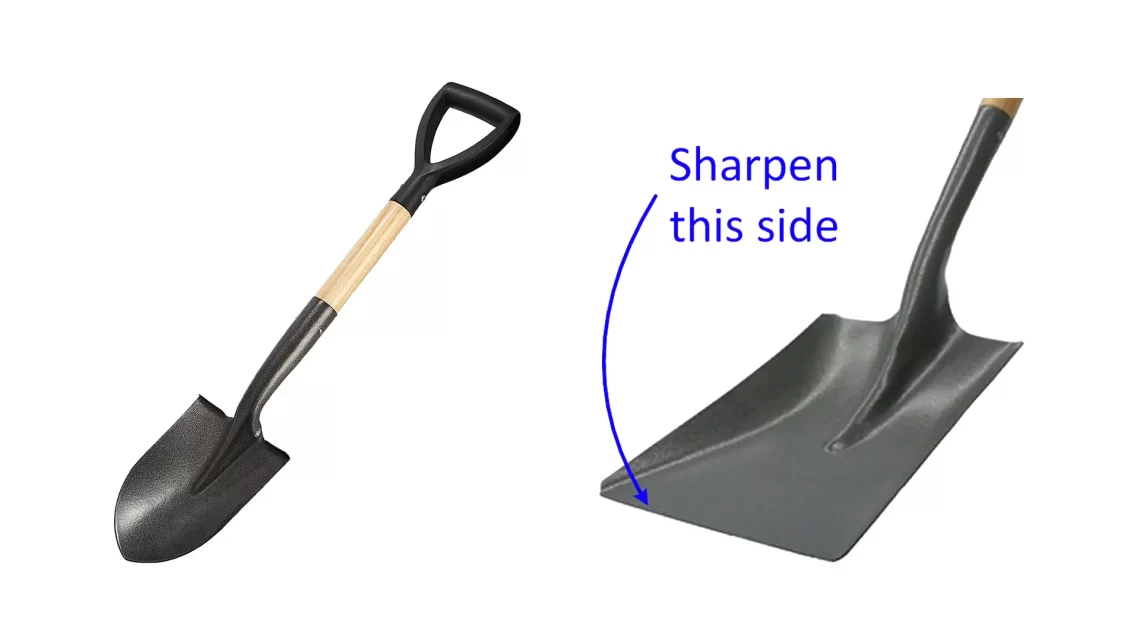Sharp knives are essential tools in any kitchen, but keeping them sharp requires regular maintenance. Sharpening stones are a traditional and effective method for achieving a keen edge on your blades. However, mastering this skill can seem daunting to beginners. Fear not! This step-by-step guide will walk you through the process of sharpening knives using sharpening stones. If you want to read about 5 Essential Care Tips For Your Water Stones, Click this Jende Industries Canada website link.
Before we dive into the sharpening process, there are a few considerations to keep in mind. Firstly, it’s essential to select the right sharpening stone for your needs. If you’re unsure which stone to choose, our article on 10 best sharpening water stones can offer valuable insights. While experienced sharpeners may opt for freehand sharpening, beginners may benefit from the consistency provided by a sharpening guide, such as the DMT Sharpening Guide.
Now, let’s delve into the step-by-step process of sharpening your knives using sharpening stones:
Step 1: Select the Proper Coarseness for Your Sharpening Stone
Choosing the right coarseness for your sharpening stone is crucial. A very dull knife requires starting with a coarse stone to remove material quickly. Conversely, a slightly dull blade may only need a touch-up on a medium or fine stone. Starting with the appropriate coarseness ensures efficient sharpening. Remember, you’ll need to progress from coarse to finer stones to refine the edge properly.

Step 2: Select the Right Angle
Next, determine the appropriate sharpening angle for your knife. Read this article which can help you to learn about sharpening angles. While exact precision isn’t necessary, most knife manufacturers recommend a roughly 20-degree angle. However, this angle can be adjusted based on the intended use of the knife. A fillet knife may benefit from a slightly lower angle for a sharper edge, while a survival knife may require a more durable edge at a slightly higher angle.

Step 3: Apply Water or Oil to Stone
Depending on the type of stone you’re using, you’ll need to apply either water or oil as a lubricant. Water stones and diamond stones require water, while oil stones such as India, Crystolon, and Arkansas stones use oil. Apply a few drops of the appropriate lubricant directly to the stone before sharpening.
Step 4: Sharpening the Knife
Now it’s time to sharpen your knife. Begin with the coarsest stone needed for your blade and progress through each finer stone until you achieve the desired level of sharpness. Rest your knife on the stone at the chosen angle and use a sweeping motion to draw the blade across the stone, starting from the heel and ending at the tip. Be sure to maintain a consistent angle throughout the sharpening process. Alternate sides of the blade evenly to ensure uniform sharpening.
An Alternative Method for a Very Dull Knife
For exceptionally dull knives, a coarse stone may require more time and strokes. Take up to 10 strokes on each side before alternating, ensuring thorough sharpening.
How Do You Know When You’re Done with a Stone?
Determining when to progress to a finer grit can be confusing. On coarse stones, you’ll notice a burr forming on the opposite side of the edge as you sharpen. This burr is easier to feel than see and indicates that material has been removed effectively. Ensure you’ve felt the burr on both sides before moving to the next finer stone. Testing the sharpness of the knife can also help determine when you’ve achieved the desired edge.
How Sharp Does It Need to Be?
In most cases, a sharper edge is better. The sharpness of your blade depends on the angle and the grit of your final honing. Aim for the finest stone you own to achieve the best edge. However, for knives used primarily for cutting soft vegetables like tomatoes, a slightly coarser edge may provide better performance.
In conclusion, sharpening knives using sharpening stones is a skill worth mastering for any home cook or professional chef. With the right tools, technique, and practice, you can ensure your knives remain sharp and effective for all your culinary endeavors. So, roll up your sleeves, grab your sharpening stones, and give your blades the edge they deserve!
Image by brgfx on FreepikImage by macrovector on Freepik


